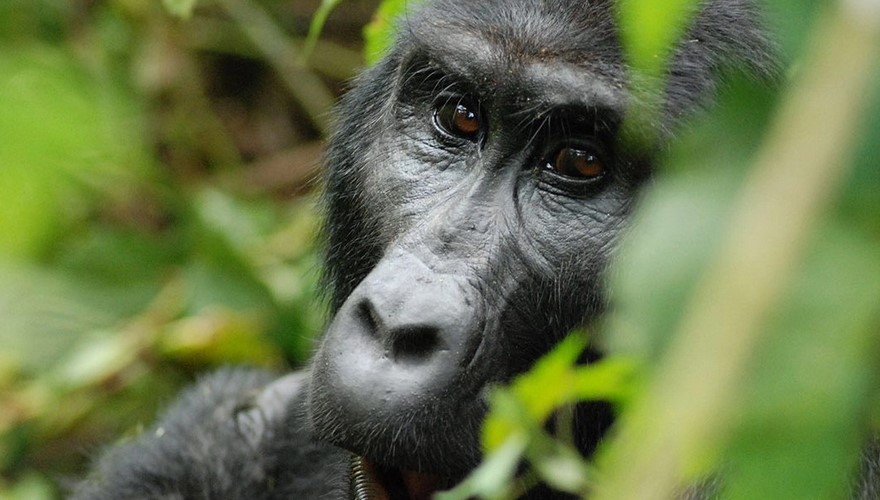What to Bring on a Self-Guided Road Trip in Uganda
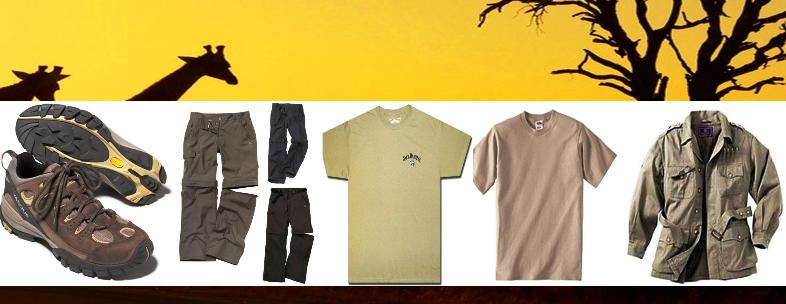
What to Bring on a Self-Guided Road Trip in Uganda
What to Bring on a Self-Guided Road Trip in Uganda : Embarking on a self-guided safari through Uganda is an exhilarating experience that allows you to explore the country’s stunning landscapes and diverse wildlife at your own pace. To ensure your adventure is stress-free and memorable, packing the right gear is crucial. When planning your road trip, consider the specific activities you’ll engage in and make sure you pack light, as there may be limited space in the 4×4 car rental.
Here’s a list of essential items you should pack for a self-guided road trip in Uganda:
1. Safari Attire
The clothing you bring will depend on the places you intend to explore:
Forested Areas (Kibale Forest, Bwindi Forest, Kalinzu Forest, Budongo Forest): It is advisable to pack long-sleeved trousers, shirts, and tops. These will protect your skin from thorny bushes, insect bites (such as tsetse flies, bees, and wild ants), and provide coverage during forest trekking.

Savannah Safari Parks: For game drives in parks such as Queen Elizabeth National Park or Murchison Falls National Park, consider light-colored clothing to keep cool under the hot sun. Shades like brown, khaki, grey, or army green are ideal for blending into the natural environment while minimizing exposure to the heat.
2. Travel Documents
Your travel documents are crucial and should be kept in your handbag or a secure travel wallet:
- International Driving License: This is a requirement for driving in Uganda.
- Travel Insurance: Ensure you have comprehensive travel insurance to cover potential emergencies such as medical issues or accidents.
- Valid Passport and Visa: Keep your passport and visa documents readily accessible, as they will be required upon arrival in Uganda.
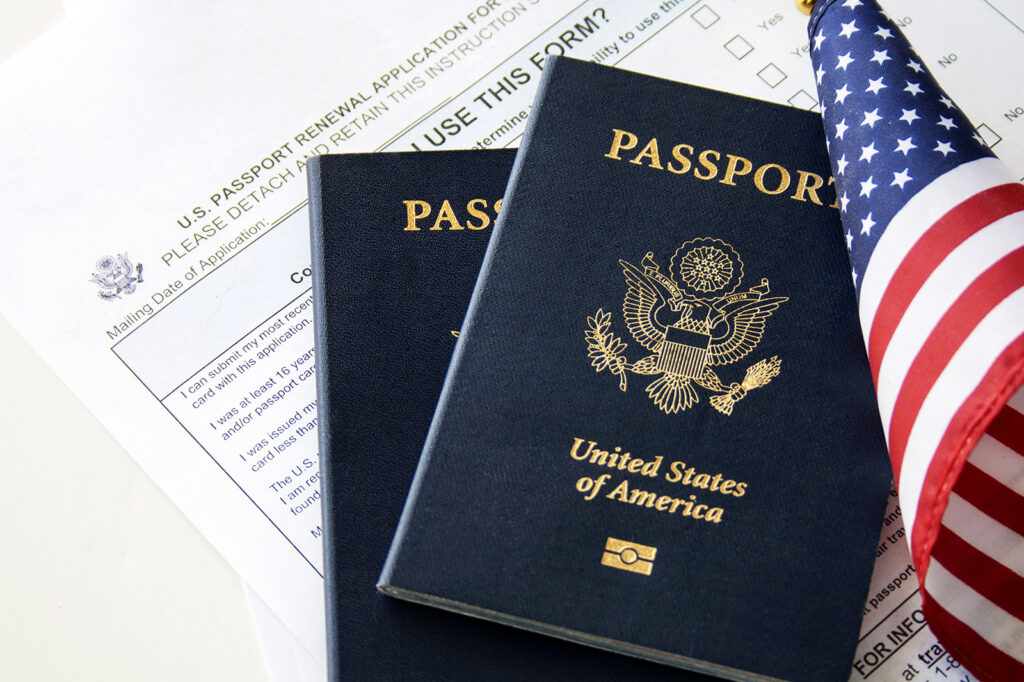
3. Sturdy Rubber Boots and Gloves
If you plan to trek chimpanzees or gorillas in Kibale or Bwindi Forest, sturdy rubber boots are essential for easy navigation through muddy terrain. In addition, gardening gloves can provide protection from germs and scratches when touching plants or the forest floor during trekking.
4. Small Backpack
A small backpack is perfect for carrying essential items during your safari, such as:
- Lunchbox and Snacks: Having some food on hand will keep you energized during long treks.
- Drinking Water: Stay hydrated during hikes, especially in hot climates.
- Insect Repellent: Apply regularly to protect yourself from biting insects.
- Tissues: Useful for personal hygiene.
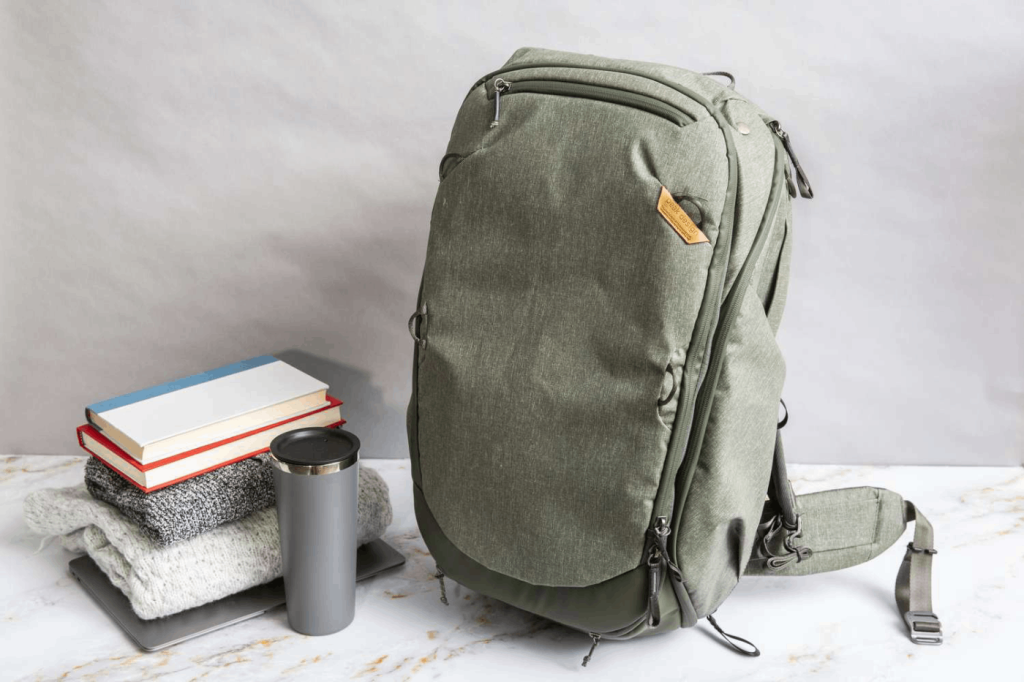
5. Durable Waterproof Rain Jacket
Uganda’s rainforests receive rainfall throughout the year, making a durable waterproof rain jacket an essential item. This jacket will come in handy if rain suddenly begins during activities like chimpanzee or gorilla trekking.
6. Backup Medications and Anti-Malarial Tablets
Your health is a top priority on a self-guided safari. It’s advisable to carry:
- Backup Medications: Bring any prescription medications you need, as well as basic over-the-counter drugs.
- First Aid Kit: Include items like blister plasters, soothing ointment, bandages, and pain relievers.
- Anti-Malarial Tablets: These are vital for preventing malaria, which is common in many parts of Uganda.
7. Sun Protection Gear
Protect yourself from the sun with:
- Sunscreen Lotion: To protect your skin from sunburn.
- Wide-Brimmed Hat: Shield your head from direct sunlight during game drives and walking safaris.
- Sunglasses: Protect your eyes from the sun’s harsh rays.
If you forget to pack any of these items, don’t worry—they can be easily purchased from shopping malls in major towns and cities in Uganda.
8. Quality Camera and Binoculars
A quality camera with extra batteries is essential for capturing the beauty of Uganda’s landscapes and wildlife. Don’t forget to pack binoculars for bird watching or spotting animals from a distance. Many animals, especially birds, are often located high in the trees or far from the road, and a good pair of binoculars will help you see them clearly.
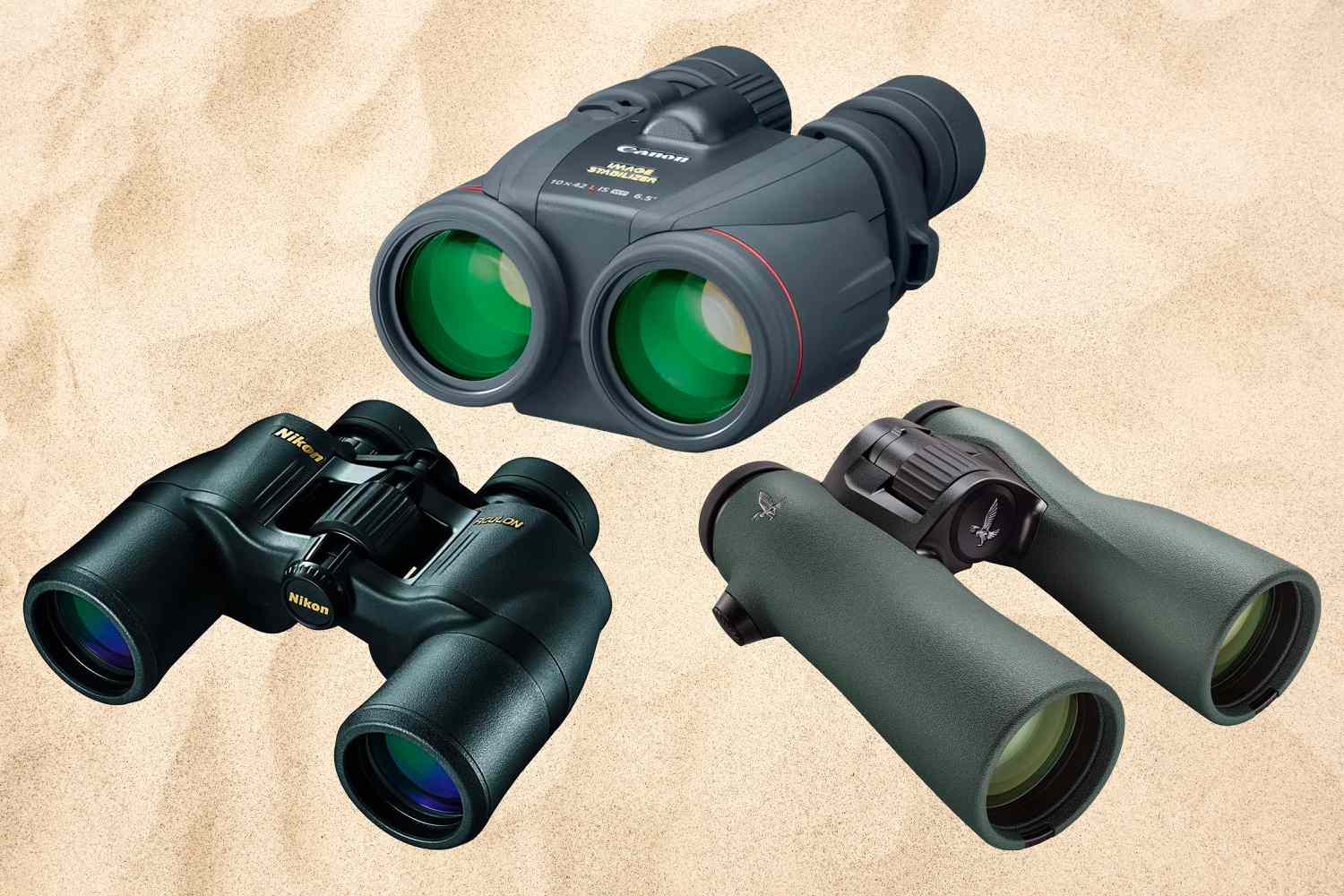
Additional Tips for a Self-Guided Road Trip in Uganda
- Maps and Guidebooks: Although GPS navigation can be handy, carrying a physical map and guidebook can be beneficial, especially in areas with poor network connectivity.
- Camping Gear: If you plan on camping during your road trip, pack your own tent, sleeping bag, and portable cooking gear. Several campsites in national parks provide a great opportunity to enjoy Uganda’s nature up close.
- Flashlight/Headlamp: A flashlight or headlamp is useful for camping or exploring in low-light situations.
- Reusable Water Bottle: Carry a reusable water bottle to reduce plastic waste during your trip.
Important Considerations
- Pack Light: To avoid overloading your vehicle and to maximize comfort, it’s important to pack only what you need.
- Emergency Contact Numbers: Ensure you have contact numbers for emergency services, your tour consultant, and local accommodations.
Ready for Your Adventure?
Uganda’s breathtaking landscapes, wildlife, and diverse cultures await you. Whether you’re tracking gorillas in Bwindi Impenetrable National Park, exploring the savannah of Queen Elizabeth National Park, or marveling at the thunderous Murchison Falls, being well-prepared for your self-guided road trip will ensure a truly rewarding experience.
If you’re unsure about what to pack or need assistance in planning your self-guided safari, feel free to contact our tour consultant team at gorillaugandasafaribookings@gmail.com. We’re here to help you create an incredible adventure that you’ll remember for years to come!


